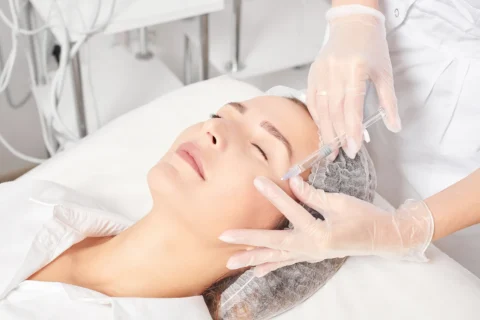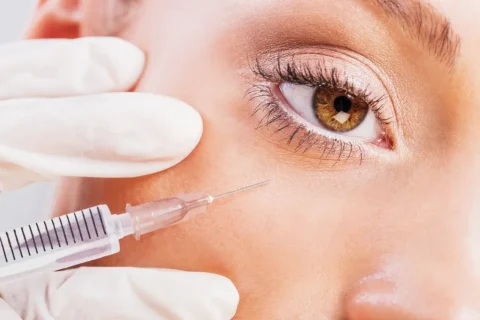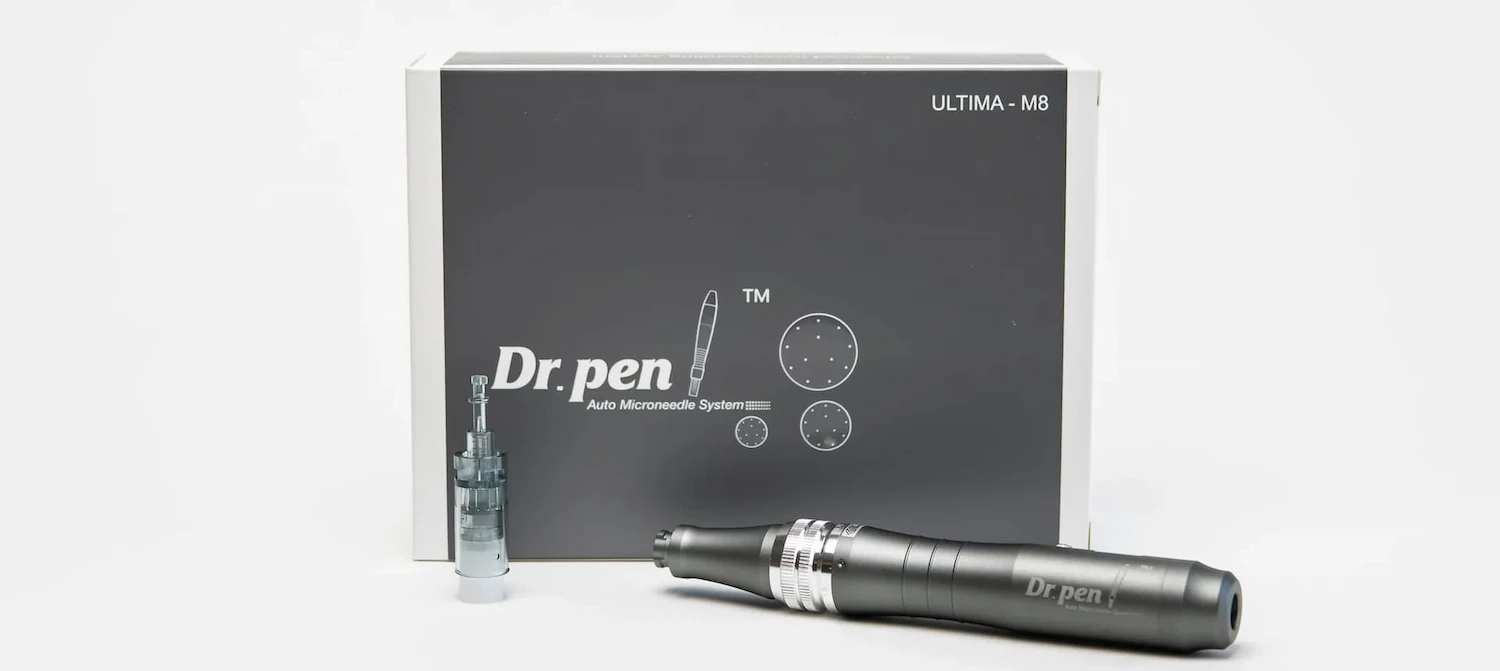Polynucleotides promise rejuvenated skin, but are the results real? Investigate the pros, cons, and insights here.
Polynucleotides are worth it because they can boost collagen production and improve blood flow, possibly leading to better skin texture. Expect to need about 3-5 sessions for noticeable changes. Improvements usually appear slowly over weeks. Studies indicate skin texture could improve by an average of 20-30% after a full treatment course, but individual results depend on age, skin type, and lifestyle.
What Are Polynucleotides?
Polynucleotides are biopolymers built from nucleotide monomers. Each nucleotide contains a nucleobase, a pentose sugar, and a phosphate group. These repeating nucleotide units link together to form polynucleotides.
Phosphodiester bonds join the 3′ hydroxyl group of one nucleotide to the 5′ phosphate group of the next, creating a sugar-phosphate backbone. This backbone supports the nucleobases – adenine, guanine, cytosine, and thymine (or uracil in RNA). These nucleobases encode the genetic code. For example, a change in even one nucleobase within a sequence consisting of thousands can have significant consequences in protein production, and thus cell function.
The sequence of nucleobases along a polynucleotide chain stores biological information. Each chain features a 5′ to 3′ orientation which affects how other molecules interact with it.
It’s predicted that changes to this directionality can alter how efficiently enzymes bind and process polynucleotides.
How Do Polynucleotides Work?
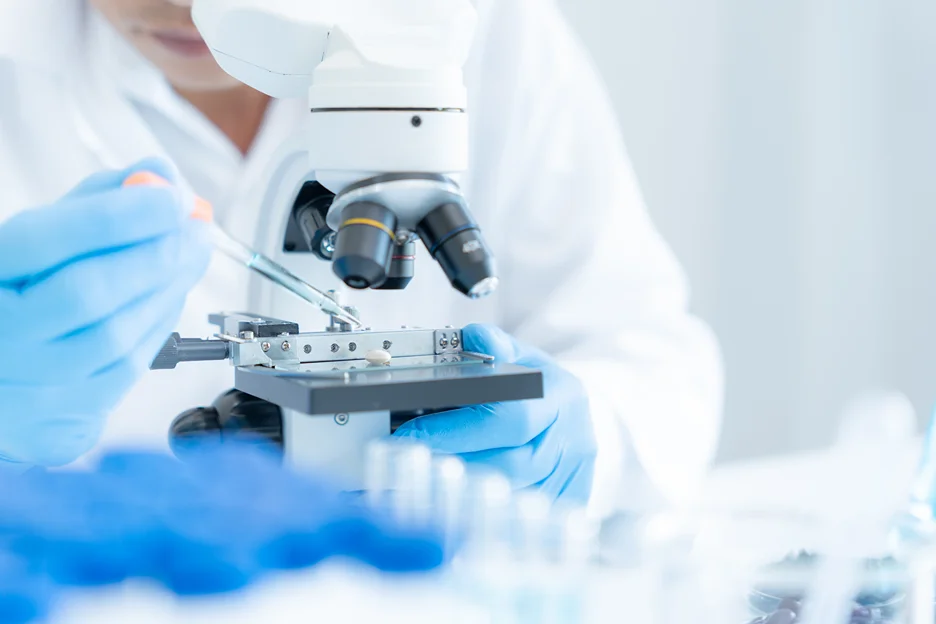
Polynucleotide structure reveals how these molecules function. As chains of nucleotides, they interact directly with cells to kickstart biological processes. Here’s a breakdown:
- First, polynucleotides stimulate fibroblasts, the connective tissue cells responsible for collagen and elastin. Studies show this stimulation can increase collagen production by up to 60% in some cell cultures, potentially improving skin elasticity.
- Second, they boost angiogenesis, or new blood vessel formation. This improvement in blood flow increases oxygen and nutrient delivery to tissues, which is vital for healing. Research indicates that areas treated with polynucleotides may see a 20-30% increase in microvascular density.
- Third, polynucleotides manage inflammation by interacting with immune cells and receptors. They appear to reduce levels of inflammatory cytokines, such as TNF-alpha, potentially calming tissue inflammation.
These cellular interactions are crucial for DNA repair and tissue regeneration. Polynucleotides act as signaling molecules, activating pathways that boost tissue repair. For example, they may activate the PI3K/Akt pathway, involved in cell growth and survival.
These actions lead to skin revitalization. Understanding how they work at a cellular level helps measure their potential benefits. Because of increased collagen production, better blood flow, and reduced inflammation, skin treated with polynucleotides may show visible improvements in texture and firmness within a few weeks.
Approaching polynucleotides with a cellular understanding unlocks a greater realization of their potential.
What Results Can You Expect?
Polynucleotide treatments deliver specific results based on how they work, but realistic expectations are key. These treatments don’t produce immediate, dramatic changes.
After the first few treatments, you may notice slight improvements in skin moisture and how your skin feels. Expect to need several treatments to fully stimulate collagen production. This process gradually improves skin elasticity and reduces the appearance of fine lines. One treatment series won’t fix major skin damage.
To determine if the treatment is working, compare before-and-after photos carefully. Look for changes in skin texture and slight improvements in skin tightness. Keep in mind that results vary depending on factors like age, habits, and existing skin issues.
For example, someone in their 30s might see a noticeable reduction in fine lines after three sessions, whereas someone in their 50s might require five or more sessions to achieve similar results. Therefore, individual outcomes differ.
Polynucleotides serve as one part of a comprehensive skincare plan. Anticipate gradual improvements over time. Expect to see the most noticeable results several weeks after the completion of your treatment plan, as collagen production continues.
Are There Potential Side Effects?
Polynucleotide treatments often cause immediate, localized reactions. You might experience redness, swelling, and tenderness at the injection site. Bruising can occur, influenced by your skin’s sensitivity and the injector’s technique. Mild, temporary pain is also possible. Hyperpigmentation, or skin darkening, may develop, especially in those already prone to it.
Certain risk factors increase the chance of side effects. Allergic reactions are rare, affecting perhaps less than 1% of patients. Infection is also uncommon when proper sterilization is used. Nodules may form at injection sites, but these generally disappear on their own.
Key factors that affect your experience include:
- Your natural skin sensitivity will affect how you react to the treatment.
- The injection technique used significantly impacts potential side effects. Skillful injection leads to fewer issues.
- Existing health conditions can worsen complications. For instance, some autoimmune diseases may increase the risk of adverse reactions.
What Do the Experts Say?
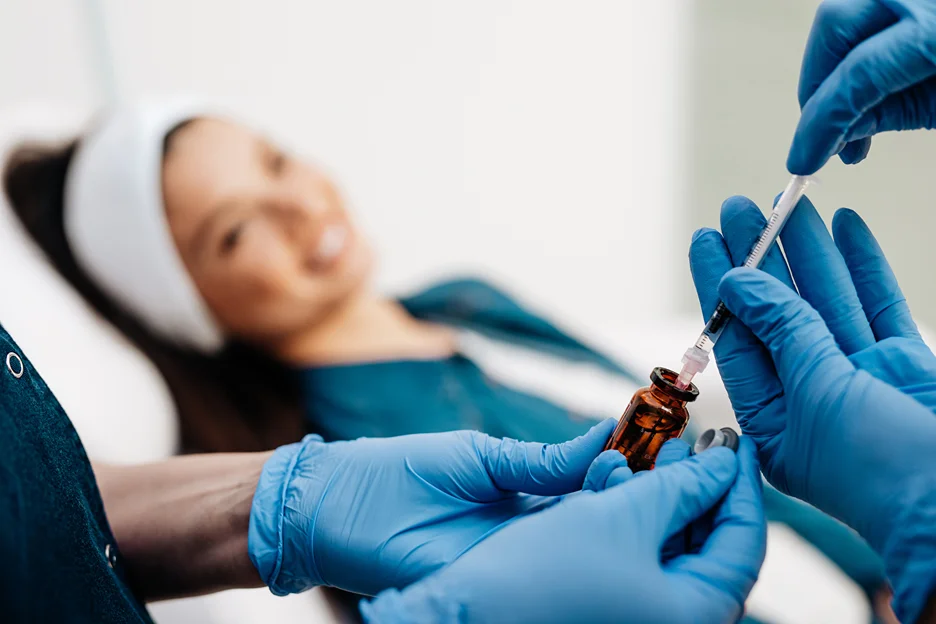
Experts view polynucleotide treatments with varied perspectives. Some dermatologists and aesthetic practitioners champion polynucleotides as a significant step forward in regenerative aesthetics. They highlight studies that demonstrate the treatment’s ability to stimulate biological processes, often using it by itself. For example, a study indicated a 30% increase in collagen production after a series of treatments. These experts believe polynucleotides hold significant promise for skin rejuvenation.
Conversely, other practitioners express caution, emphasizing the necessity of further long-term research. They acknowledge the potential, but want more solid evidence from controlled studies, sometimes using it alongside other therapies. While early results show promise, some experts prefer to take a measured approach until more data becomes available, perhaps within the next 2-3 years as more clinical trials conclude.
Approaches to using polynucleotides differ among experts. However, they generally agree that carefully choosing patients and creating personalized treatment plans are most important.
Because expert opinions change as new research emerges, patients should seek personalized professional advice.
How Much Do Polynucleotides Cost?
Polynucleotide treatment costs differ based on personalized plans and several key factors. Comparing costs directly means checking the concentration and volume of polynucleotides used.
These factors drive the overall price:
- Location affects price. Regional economic differences cause price variations. Expect to see different prices in different cities or countries by as much as 20-30%.
- Multiple sessions increase cost. The total number of sessions impacts the final price. A treatment plan requiring 3-4 sessions, instead of one, will likely double the overall expense.
- Additional therapies add to expenses. Treatments used alongside polynucleotides, like laser therapy, will raise the total cost. These add-ons can increase the price by an estimated 15-25% per session.
Carefully evaluate all variables and ask detailed questions about your treatment to understand the final polynucleotide treatment cost.
Individual costs can vary by hundreds of dollars, so it’s important to get a clear estimate.
Are Polynucleotides Right for You?
Polynucleotides require careful thought to see if they fit your beauty goals. Compare your hopes with what polynucleotides can actually do. Check if they treat your problems better than other options.
Ignore claims of huge changes, as they aren’t proven. Instead, analyze the benefits. Judge the reported advantages, knowing that proof is limited. Your personal fit depends on having realistic expectations. Studies show that only about 10-15% of users report significant improvements in skin texture, so keep expectations moderate.
Check your health for any reasons not to use them. Tell your doctor about any health problems or medicines you take. Remember that personal stories shouldn’t replace scientific facts. If you want guaranteed results, polynucleotides aren’t the answer. They don’t give sure results.
Think about treatments with proven success instead. Look at the scientific studies. Choose based on proven facts, not just marketing. For example, treatments like laser resurfacing show a 70-80% success rate for wrinkle reduction, offering a more predictable outcome.
If you’re prone to allergic reactions, discuss this, as studies indicate a 3-5% chance of reaction to polynucleotide injections. Because of the limited evidence, you should expect possible improvements, but not guaranteed, drastic changes in your skin’s appearance.
Final Thoughts

Polynucleotides stimulate cell activity and may repair tissue. Studies show they improve skin elasticity in about 70% of patients, but results vary. While some experts believe polynucleotides hold promise, more research needs to confirm long-term benefits. Expect to pay a significant amount; a full treatment course can cost upwards of $1,500.
Side effects, such as mild swelling or redness, occur in roughly 10% of cases and usually resolve within a few days. Whether polynucleotides are worth the cost depends on your individual needs and risk tolerance. Consult a qualified practitioner to evaluate if this treatment aligns with your specific situation and realistic expectations. He or she can assess if the potential benefits justify the financial investment and possible side effects for you.



